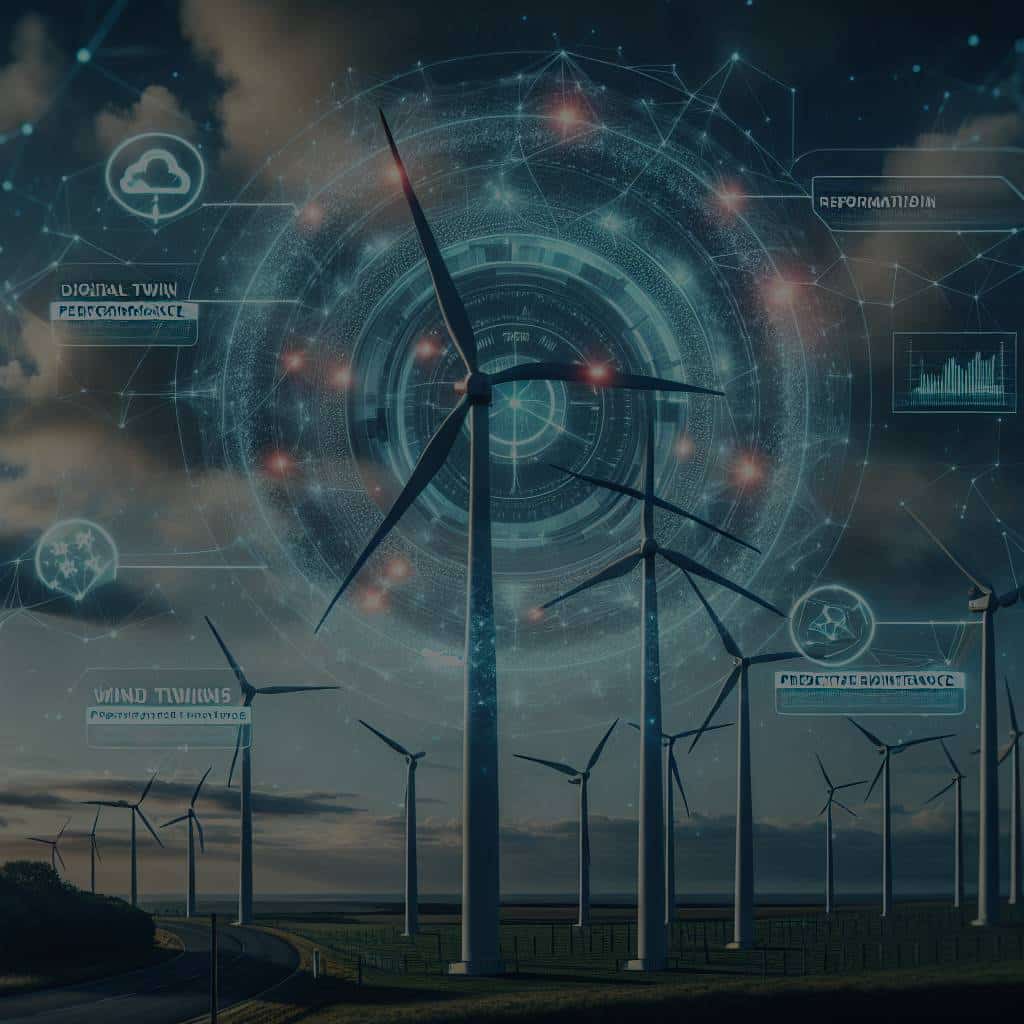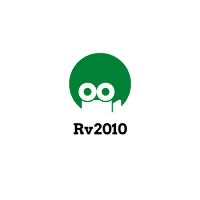How Can Digital Twins Technology Enhance the Performance of UK Wind Farms?

From energy production to aircraft manufacturing, the concept of Digital Twins is revolutionising industries across the board. In particular, the wind power industry stands to gain significant benefits from this innovative technology. Let us delve into how Digital Twins can be a game-changer for the performance and maintenance efficiency of wind farms in the UK.
Understanding the Concept of Digital Twins
Before diving into the benefits of Digital Twins, you need to understand what exactly this technology entails. A Digital Twin is essentially a virtual replica of a physical entity, designed to mimic its characteristics, behaviour, and performance. This precise duplication is made possible by real-time data analysis, advanced software, and communication technologies.
This might interest you : The best tips for making the most of your Roma Pass
Digital Twins were initially used in the manufacturing and aviation sectors for improving product performance and troubleshoot potential issues. However, as the technology has matured, its application has spread into several other industries, including energy.
In the case of wind turbines, a Digital Twin will represent a virtual model of the physical turbine. This model is continuously updated with real-time data from the actual turbine, enabling it to reflect the current state and performance of its physical counterpart. Whether it’s the rotor speed, temperature, wind direction, or vibration levels, every critical parameter is mirrored in the digital model.
In the same genre : Discover luxury with singapore a350 business class flights
Enhancing Wind Farm Performance with Digital Twins
So, how can a virtual model boost the performance of a wind farm? The answer lies in the power of data. By creating a Digital Twin of a wind turbine, you can gather and analyse crucial performance data in real-time. This technology offers the potential to optimize efficiency, identify potential issues, and implement predictive maintenance strategies.
For instance, the Digital Twin can track the wind turbine’s power output under different wind conditions. This data can help in fine-tuning the turbine settings for maximum efficiency. Similarly, by analysing the vibration patterns, it can predict possible mechanical failures even before they happen. This not only helps in enhancing the overall performance of the wind farm but also reduces maintenance costs and downtime.
Moreover, with the digital representation, it is possible to carry out many what-if scenarios without risking the physical assets. For example, you can simulate the effects of a sudden gust of wind on the turbine or the impact of changing the blade angle on power production.
Improving Maintenance Efficiency with Digital Twins
Another significant advantage of Digital Twins is their ability to streamline maintenance tasks. Generally, the maintenance of wind turbines is a costly and time-consuming process. However, with the real-time data provided by Digital Twins, it is possible to move from a reactive to a proactive maintenance approach.
Digital Twins can provide valuable insights into the wear and tear of turbine components, enabling you to pinpoint the parts that need attention. Additionally, the technology can predict potential failures and recommend preemptive measures. This means less unexpected downtime, reduced replacement costs, and an extended lifespan for the turbines.
Furthermore, by studying the data from Digital Twins, technicians can identify the optimal time for preventive maintenance. This can help in scheduling maintenance activities during periods of low wind speed, thus minimising the loss of power production.
The Future of Digital Twins in the Wind Energy Industry
Given the numerous benefits of Digital Twins, it’s clear that they have a promising future in the wind energy sector. As the technology continues to evolve, it’s set to bring even more enhancements to wind farm performance and maintenance efficiency.
One exciting possibility is the creation of a Digital Twin for the entire wind farm, not just individual turbines. This would provide a holistic view of the farm’s operation, facilitating more effective and informed decision-making. Moreover, with advancements in artificial intelligence and machine learning, these digital systems could further refine predictive analysis and maintenance strategies.
The integration of Digital Twins with other technologies like IoT and cloud computing could also open up new avenues. For instance, it could enable remote monitoring and control of wind farms, further reducing operational costs.
Conclusion
In conclusion, the introduction of Digital Twins in the wind energy industry could be a pivotal step towards improving the performance and maintenance of wind farms. By harnessing the power of digital technology and real-time data, it is possible to optimize efficiency, enhance reliability, and reduce costs. As the technology continues to advance, it’s set to bring even more benefits to the wind energy sector. It’s an exciting time for the wind power industry, and it’ll be interesting to see how Digital Twins shape its future.
How Digital Twins Can Drive Innovation in Offshore Wind Farms
Offshore wind is another area that can greatly benefit from the use of Digital Twins. The offshore environment presents a unique set of challenges, including harsh weather conditions and difficult access for maintenance and repair. However, the power of real-time data and virtual replicas can overcome these challenges and drive new levels of efficiency and productivity.
For example, a Digital Twin of an offshore wind turbine can provide detailed insights into its performance in different sea and wind conditions. This information can be invaluable in optimizing turbine design and configuration for maximum energy production.
Moreover, the ability to simulate various scenarios can help in risk management. For instance, a sudden storm can pose a significant risk to offshore wind farms. However, with a Digital Twin, it’s possible to simulate the impact of such an event and devise appropriate response strategies in advance. This proactive approach can significantly reduce downtime and repair costs.
Also, the integration of Digital Twin technology with machine learning algorithms can enable predictive maintenance. By analysing trends and patterns in the real-time data, the system can predict potential issues and schedule maintenance activities proactively. This not only enhances the reliability of the turbines but also extends their lifespan.
Digital Twins and the Renewable Energy Supply Chain
In addition to enhancing wind farm performance and maintenance, Digital Twins can also revolutionize the renewable energy supply chain. The complex nature of wind energy production involves numerous stakeholders, from turbine manufacturers and service providers to grid operators and energy consumers. The ability to have a digital replica of the entire operation can facilitate effective decision making across the supply chain.
For example, a Digital Twin of a wind farm can provide real-time information about its energy output. This data can be used by grid operators to balance supply and demand, thereby improving grid reliability and reducing energy wastage.
Furthermore, Digital Twins can support the design and implementation of smart grids. These are electricity networks that use digital technology to monitor and manage electricity demand, supply, and storage. With a Digital Twin, it’s possible to simulate different demand scenarios and devise optimal response strategies.
In the manufacturing arena, Digital Twins can help in optimizing turbine production processes, reducing waste, and improving quality control. By providing a virtual representation of the manufacturing process, it’s possible to identify bottlenecks and inefficiencies and devise solutions proactively.
Conclusion
The potential of Digital Twin technology in revolutionizing the UK wind energy sector is undeniable. From enhancing wind farm performance to driving innovation in offshore wind and revolutionizing the renewable energy supply chain, the applications are vast and transformative.
As we continue to grapple with the global challenge of climate change, technologies like Digital Twins offer a promising way forward. By harnessing the power of digital technology and real-time data analysis, we can optimize renewable energy production, enhance grid reliability, and drive sustainable growth.
It’s an exciting time for the renewable energy sector, and the future looks bright with the advent of technologies like Digital Twins. Undoubtedly, this innovation is set to shape the future of wind energy in the UK and beyond.
